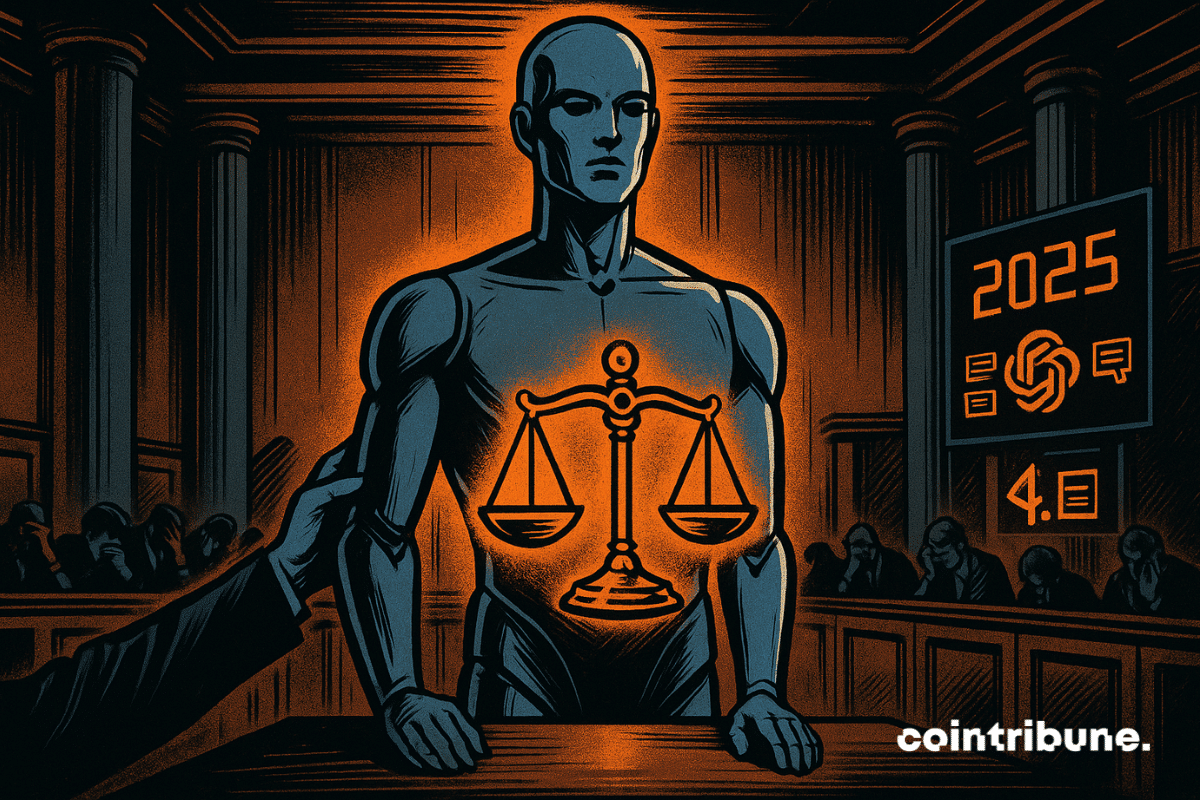Bitwise Asset Management filed for a spot DOGE exchange-traded fund in the United States on November 6, 2025, referencing the Dogecoin price.
The firm used Section 8(a), which allowed automatic effectiveness after 20 days unless the SEC intervened.
Regulatory Clock and Filing Details
Bloomberg analyst Eric Balchunas said the filing aimed to place Dogecoin on the same regulated shelf as BTC and ETH.
He framed the bid as an effort to align market structure for the memecoin with earlier spot funds. Bitwise continued to expand its lineup of digital‑asset funds.
The proposed DOGE vehicle would have offered exposure to the token inside a familiar wrapper for institutions.
The structure mattered to allocators. An ETF avoided direct token custody. It integrated with brokerage workflows, portfolio systems, and standard reporting.
Industry reaction mixed serious mechanics with light tone. When a Fox Business reporter asked for comment on X, the firm replied with a playful dog reference.
The exchange kept the subject visible while the process advanced.
Dogecoin Price Levels and ETF Context
The filing highlighted a broader shift. Investors looking for regulated access to well‑known tokens beyond BTC and ETH. Some asset managers sought to capture that demand with new products.
A 2025 survey by AIMA said 71% of hedge funds planned to increase BTC exposure in 2025. The data suggested a more open stance toward digital assets among professional investors.
A spot DOGE ETF would have extended that access to a liquid, widely recognized token. The wrapper would have allowed positions without wallets, keys, or exchange accounts. Traders also watched chart levels as the filing progressed.
CantoneseCat noted that DOGE had not reclaimed the 0.5 logarithmic Fibonacci retracement from the last cycle high to the low.
Fibonacci retracement tools mapped potential reaction points. The method measured fractions of a prior move to identify areas where price often paused or reversed.
On the monthly timeframe, the midpoint retracement sat near $0.19. Resistance areas above clustered near $0.26, $0.41, and $0.54.
Support zones sat near $0.14 and around $0.05 based on the same ladder. Analysts said a sustained monthly close above the midpoint would have strengthened the longer‑term case.
Failure to reclaim that area left the market in a neutral, range‑bound posture. Any ETF launch would not change the token’s volatility profile on its own.
What to Watch for Dogecoin Price into Late November
The Section 8(a) route created a clear near‑term checkpoint. If the SEC did not intervene, the registration would have become effective near the end of the month.
Observers tracked three threads. First, they watched for any SEC comments during the 20‑day window.
Second, they looked for final details on fees, custody partners, and authorized participants. Third, they watched early seeding interest and market‑making plans.
The pricing backdrop added a technical lens. The midpoint near $0.19 remained the pivot on the monthly chart.
Traders viewed that level as a line that often separated range conditions from trend attempts. A push and hold above the midpoint would have opened room toward higher retracement bands.
Those areas sat near $0.26, $0.41, and $0.54 based on the same measurement frame. A rejection left room for tests of lower supports.
The most visible zones sat near $0.14 and around $0.05 from the prior cycle range. Analysts said the ETF step and the chart map addressed different questions.
The filing addressed access and compliance. The levels addressed participation and positioning. Dogecoin price reactions often followed broader digital‑asset flows.
The prior BTC and ETH ETF launches offered a reference for how structure could alter distribution channels. They did not predetermine outcomes for any single token.
Bitwise’s application underscored a continued shift toward regulated wrappers for tokens with broad name recognition.
If the filing became effective without delay, the product would have cleared a key hurdle before month‑end.
Market participants therefore watched both the regulatory timeline and the monthly chart. The first set the schedule.
The second framed how traders might have treated rallies or failures near the midpoint as the window closed.
Source: https://www.thecoinrepublic.com/2025/11/08/will-bitwise-doge-etf-filing-lift-price-to-new-highs/


